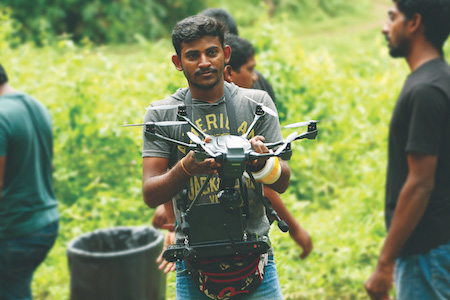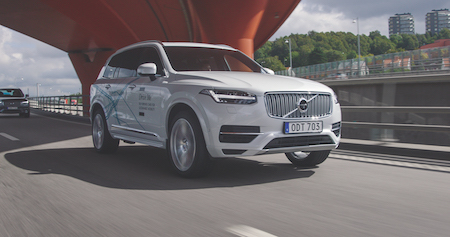This policy defines and categorises drones, outlines flight restrictions, as well as a new process for flight permissions. The DGCA defines the term “Remotely Piloted Aircraft” (RPA) as an unmanned aircraft piloted from a remote pilot station, in order to differentiate them from model aircraft. RPAS will now need a Unique Identification Number (UIN) and an Unmanned Aircraft Operator Permit (UAOP).
Categories
India has put drones into five different categories, including a new Nano category that is not present in many other countries. Many of the new rules don’t need to be applied to those in this category, deemed to be too small.
- Nano: Less than or equal to 250g (.55 pounds)
- Micro: From 250g (.55 pounds) to 2kg (4.4 pounds)
- Small: From 2kg (4.4 pounds) to 25kg (55 pounds)
- Medium: From 25kg (55 pounds) to 150kg (330 pounds)
- Large: Greater than 150kg (33 pounds)
General rules
The regulations are fairly familiar and common sense, including some of these general rules:
- Drones in every category apart from the Nano category are required to be registered and to be issued a UIN. Furthermore, a UAOP will be required for all commercial drone operations, with two exceptions: Nano category drones flown below 50 feet in uncontrolled airspace and Micro category drones flown below 200 feet in uncontrolled airspace (though, according to the rules, “the user shall intimate [communicate] to local police office 24 hours prior to conduct of actual operations”).
- Visual line of sight must be maintained at all times during flights.
- A height limit of 400 feet vertically.
- “No Fly Zones” have been defined, including near airports and international borders, Vijay Chowk in Delhi, State Secretariat Complex in State Capitals, military installations, and other strategic locations.
- Permission to fly in controlled airspace can be obtained by filing a flight plan and obtaining a unique Air Defence Clearance (ADC)/Flight Information Centre (FIC) number.
- An operator may use only one RPA at a time.
Permission
Drone pilots will be required to request permission to fly before deploying their drones for every single flight. They will be able to do this via a mobile app, which will automatically process the request and either grant approval or reject it. The system is called “No Permission, No Takeoff” (NPNT). If a user is not given permission, their drone will not be able to take off. This will be enforced through defining mandatory equipment for drone users, which will include a RF ID and SIM/NPNT.


.jpg)
.jpg)
.jpg)

.jpg)




